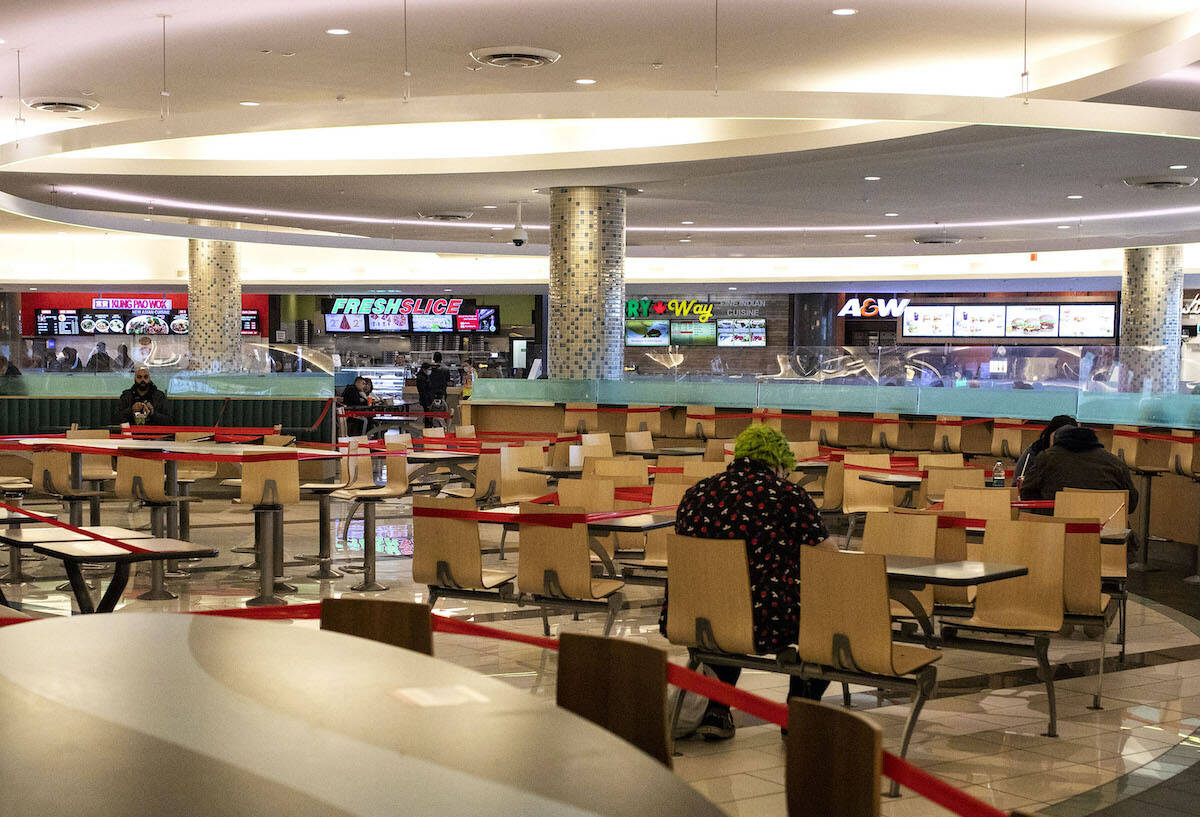By Sobia Moman
Hidden behind the excitement to return to “normal life” is a small group of people who are not yet ready for a post-pandemic world.
Where Gagan Pannu would once take any opportunity to leave home, today she’s declining plans with friends and staying home isolated. The urge to spend time with those she cares for still exists, but is difficult to listen to, buried under the fear of contracting COVID-19 for a second time.
Pannu, who is 24 years old, contracted the viral respiratory illness in March while she was working one of her two jobs as a behaviour interventionist.
“It was the scariest thing that’s ever happened to me mentally and physically. Mentally even more so,” she told Black Press Media from her Surrey dining room.
“I remember I would be so scared to go to sleep at night, I would think ‘Am I going to wake up in the morning?’”
Pannu has dealt with generalized anxiety disorder for years, but described it as being much more frightening when she was in quarantine recovering from the virus.
Was the anxiety causing her to struggle to breathe, or COVID?
“Thinking that it was COVID was more scary for me, I thought that I was going to die. My anxiety’s never been as bad as it was then,” she said. It was the driving force for her to finally take anti-anxiety medicine since she was prescribed it years prior.
Dr. Steven Taylor, clinical psychologist and professor at UBC, says that people who have had COVID-19 are at risk for symptoms similar to post-traumatic stress disorder.
This is true for Pannu: She still struggles with the fear of going back to regular activities because of the risk of getting ill again, keeping her isolated.
Pannu said she sometimes gets inundated with memories of her recovery just from seeing clothing that she wore at the time.
“Social distancing mandates, they’re a necessary evil for mitigating the pandemic, but they’re not good for people’s mental health because human beings are gregarious, social creatures,” said Taylor.
According to his research, 77 per cent of people in Canada and the U.S. reported that they have changed for the better in the pandemic – a phenomenon called posttraumatic growth.
But this is not to forget about the 15 to 25 per cent of people worldwide who have experienced significantly high levels of anxiety and stress. While those who will struggle long-term are hard to estimate in stats, Taylor said they need assistance regardless.
According to Statistics Canada’s 2021 report on mental health during the ongoing pandemic, rates of Canadians self-reporting symptoms of depression, anxiety or PTSD increased from one in five in Fall 2020 to one in four in Spring 2021.
The psychologist acknowledged that the government has a difficult job navigating this pandemic, but told Black Press Media he hopes those in charge are careful before announcing new changes to the guidelines.
“Change in public health guidelines is a stressor. The more times you change guidelines about what to do, the more you confuse and frustrate people and so this can contribute to pandemic fatigue.”
Pandemic fatigue can appear as a “low-grade depression, associated with irritability and emotional burnout,” Taylor added.
These symptoms are mirrored in those that Pannu experiences – a loss in motivation for school, laziness and feeling overwhelmed with all things related to the pandemic.
The socioeconomic impacts of the pandemic are a major stressor for people and is one of the leading causes for anxiety, Taylor said. This is especially true for those who became reliant on pandemic-related governmental financial assistance programs that have since ended.
“I had to force myself every single day to get up and even drive to work, but I couldn’t just stop working,” Pannu said.
When the plan was announced for re-opening the province in the mid-summer, Pannu was scared, left feeling like “they should’ve been a little more patient, they were in such a rush to open things up and make money again.”
“There’s no support system if you have a mental illness and you’re struggling to return to the regular world,” she said. “I don’t think there is, but if I’m wrong, I don’t know who I can even reach out to government-wise to help me with finding support.”
In mid-2020, at the height of the pandemic, the province unveiled $5 million in funding to expand virtual mental health support for those struggling through the uncertainty and stress of the ongoing COVID-19 pandemic.
This included virtual clinics through FoundryBC, and bolstering programs like the BounceBackBC online counseling service, which now operates for free with no referral needed from a doctor.
For the holidays, current health mandates allow for people to gather in homes and at events, although masks are mandatory inside public spaces and health officials are encouraging gatherings to only include those who are fully vaccinated.


